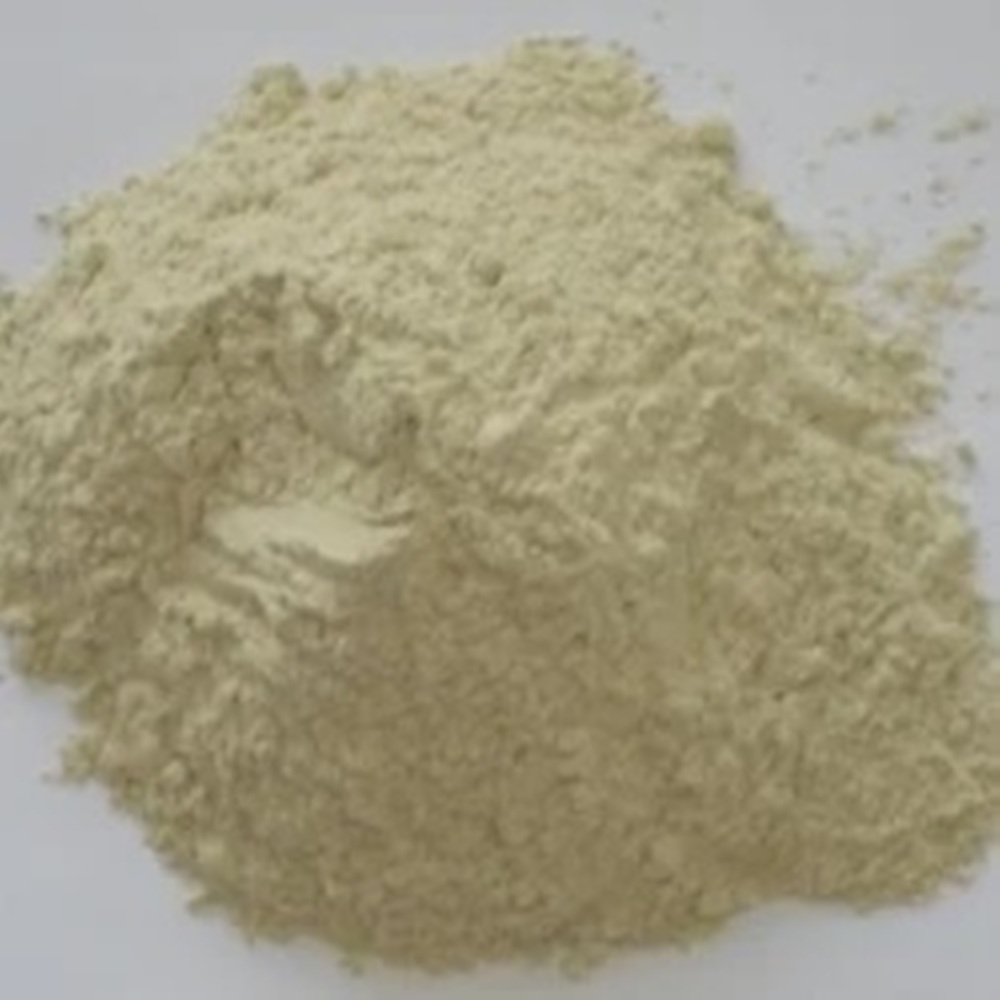
The global market for rheumatoid arthritis treatments is expected to grow at a CAGR of...
Learn More
Our consulting solutions address company specific challenges with respect to micro environment...
Learn More
Organizations frequently need day-today research guidancein order to gain strategic...
Learn More
Exploring different areas of market research and market analysis is a key factor...
Learn MoreAcute Market Reports presents the most extensive global business research services across industries. Our research studies focus on potential outcomes, benefits, and risks associated with each market segment across geographies. Having served our global clients for more than 10 years, our prime priority is to enable our clients in making well-informed business decisions through a data-driven, analytical, and uncomplicated research approach.
We provide access to the world's most comprehensive, analytical, and updated business intelligence services and solutions.




The blister packaging market is expected to witness a CAGR of 7.5% during the forecast period of 2025 to 2033, driven by the increasing demand for convenient and tamper-evident packaging solutions across various industries. Blister packaging refers t...
Read More
The liposome drug delivery market is expected to witness a CAGR of 8.7% during the forecast period of 2025 to 2033. The liposome drug delivery is driven by advancements in drug delivery technology, especially in the context of oncology and infectious...
Read More
The nanoclays market is expected to grow at a CAGR of 9.2% during the forecast period of 2025 to 2033, driven by increasing demand across diverse industries, advancements in nanotechnology, and the unique properties offered by nanoclays. Despite chal...
Read More




